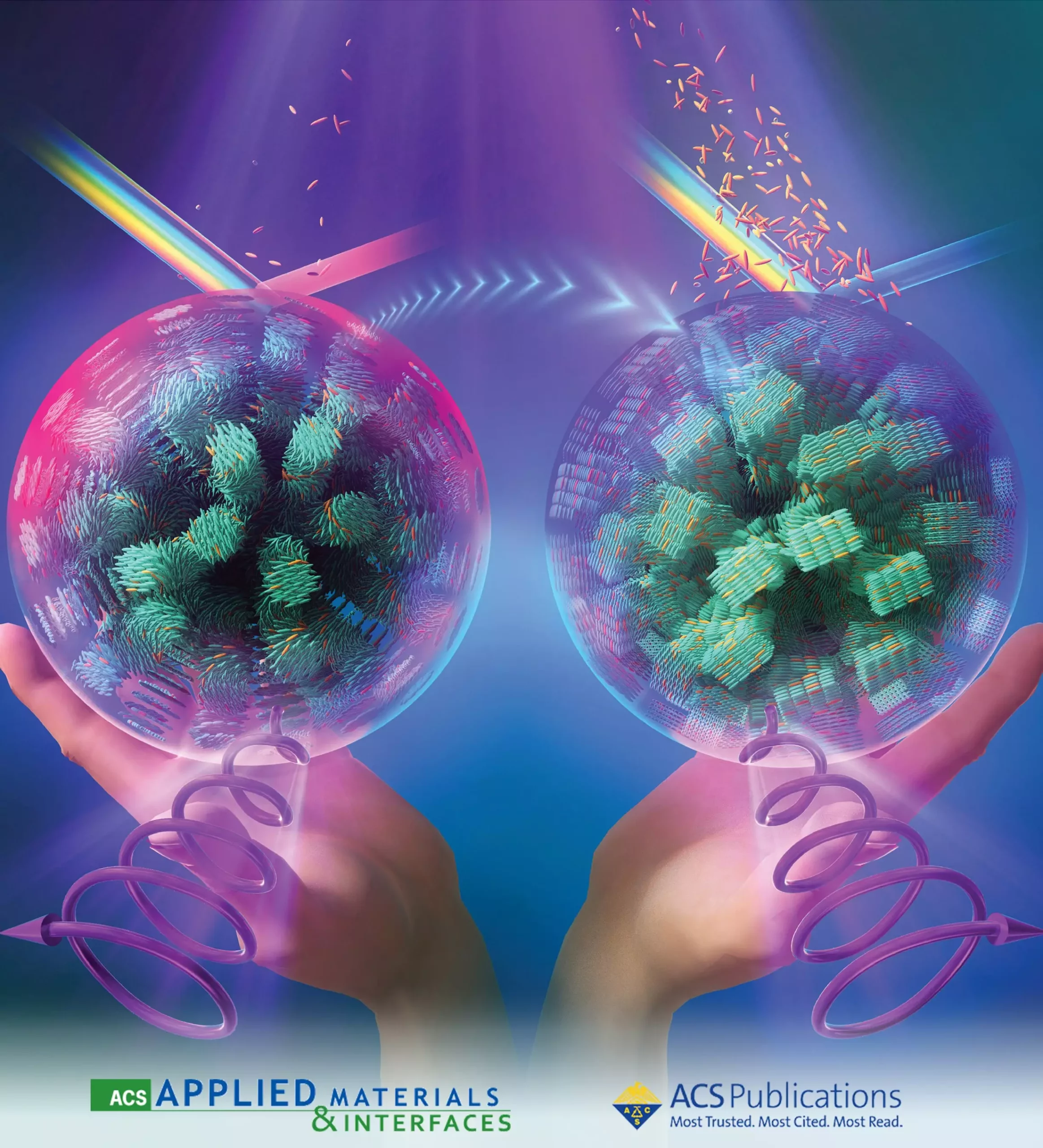In today’s world, the issue of counterfeiting has become a significant concern for many industries. The ability to create fake replicas of high-value goods poses a threat to the economy and consumer safety. Researchers at Nagoya University have developed an innovative approach to combat this problem by enhancing the security features of anti-counterfeiting labels using fluorescent cholesteric liquid crystals (FCLCs). This breakthrough technology is designed to provide an added layer of protection against counterfeiters.
The use of fluorescent dyes in combination with CLCs allows for the creation of unique labels with intricate visual patterns that are extremely difficult to replicate without specialized knowledge and tools. The addition of fluorescent dyes causes the helical structure of the crystals to twist, resulting in either left or right-handed chirality. This twisting determines how the crystals reflect light, creating a specific “light signature” that is nearly impossible to counterfeit. The precise control over this twisting and the resulting light patterns make these labels highly secure.
Under normal light, the FCLCs appear as solid colors with no visible information, providing a primary layer of security. However, when viewed through a circular polarizer, hidden features emerge, revealing intricate details that serve as an additional security measure. Furthermore, the FCLCs can include components that only respond to ultraviolet light, offering a secondary verification method. Professor Yukikazu Takeoka emphasizes the importance of this dual-layer security system, as it enhances the protection offered by existing anti-counterfeiting tags.
The unique iridescent colors of the FCLCs shift based on the concentration of chiral dopant and the polarization of the light source, adding another level of complexity for counterfeiters attempting to replicate the labels. By adjusting the concentration of the chiral dopant, the researchers have fine-tuned the material to reverse the direction of circular polarization, making it even more challenging to imitate. This innovative development marks a significant milestone in the field of anti-counterfeiting technology.
The advancements in FCLCs have the potential to revolutionize the security protocols across various industries. In the future, this technology could incorporate additional security features such as QR codes visible only under polarized light or passwords revealed under UV light. The dual-verification system proposed by researcher Jialei He offers two layers of protection, ensuring the integrity of high-value products. With these advancements, FCLCs could soon become an essential component in safeguarding against counterfeiting and protecting sensitive products.
The evolution of anti-counterfeiting technology through the development of FCLCs represents a significant advancement in the fight against counterfeit goods. The intricate security features and dual-layer protection offered by these labels make them highly secure and nearly impossible to replicate. This innovative approach holds tremendous potential for securing high-value goods and safeguarding sensitive products from forgery. As technology continues to advance, FCLCs could become a standard in anti-counterfeiting measures, providing unparalleled defense against counterfeiters.


Leave a Reply